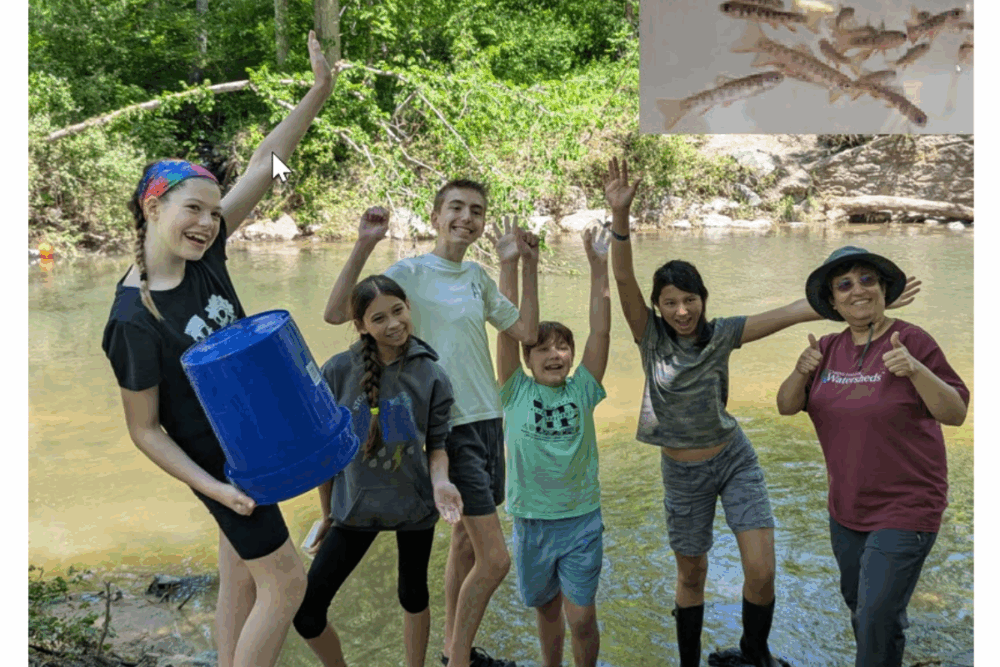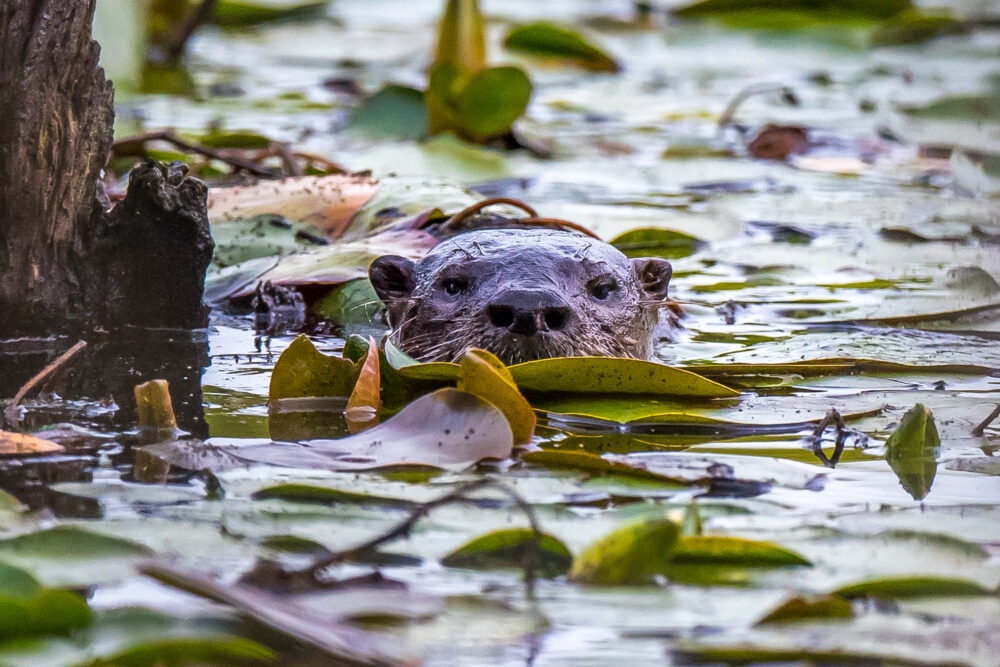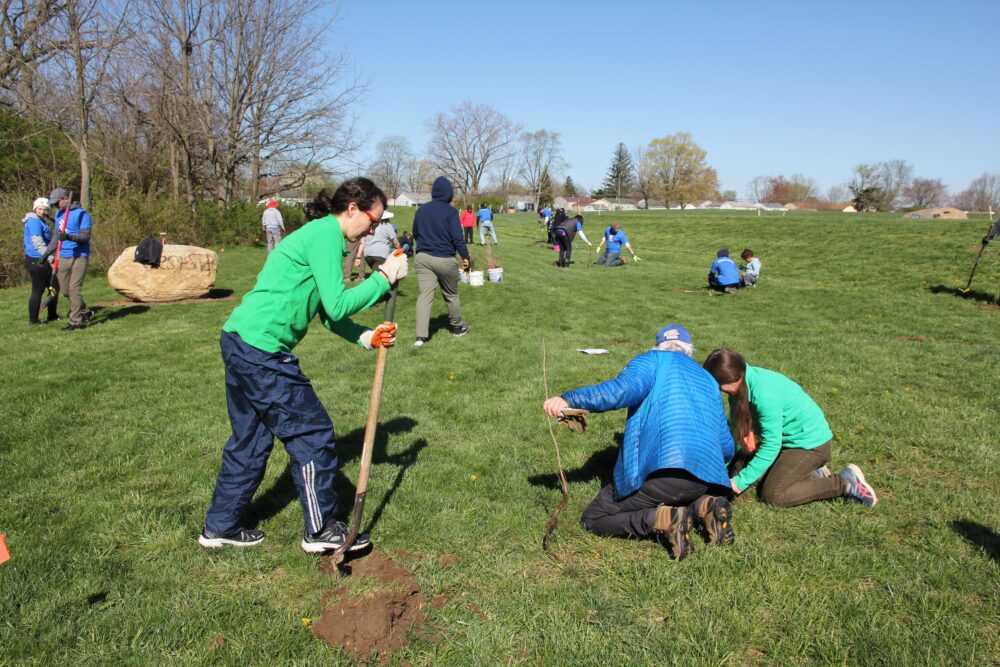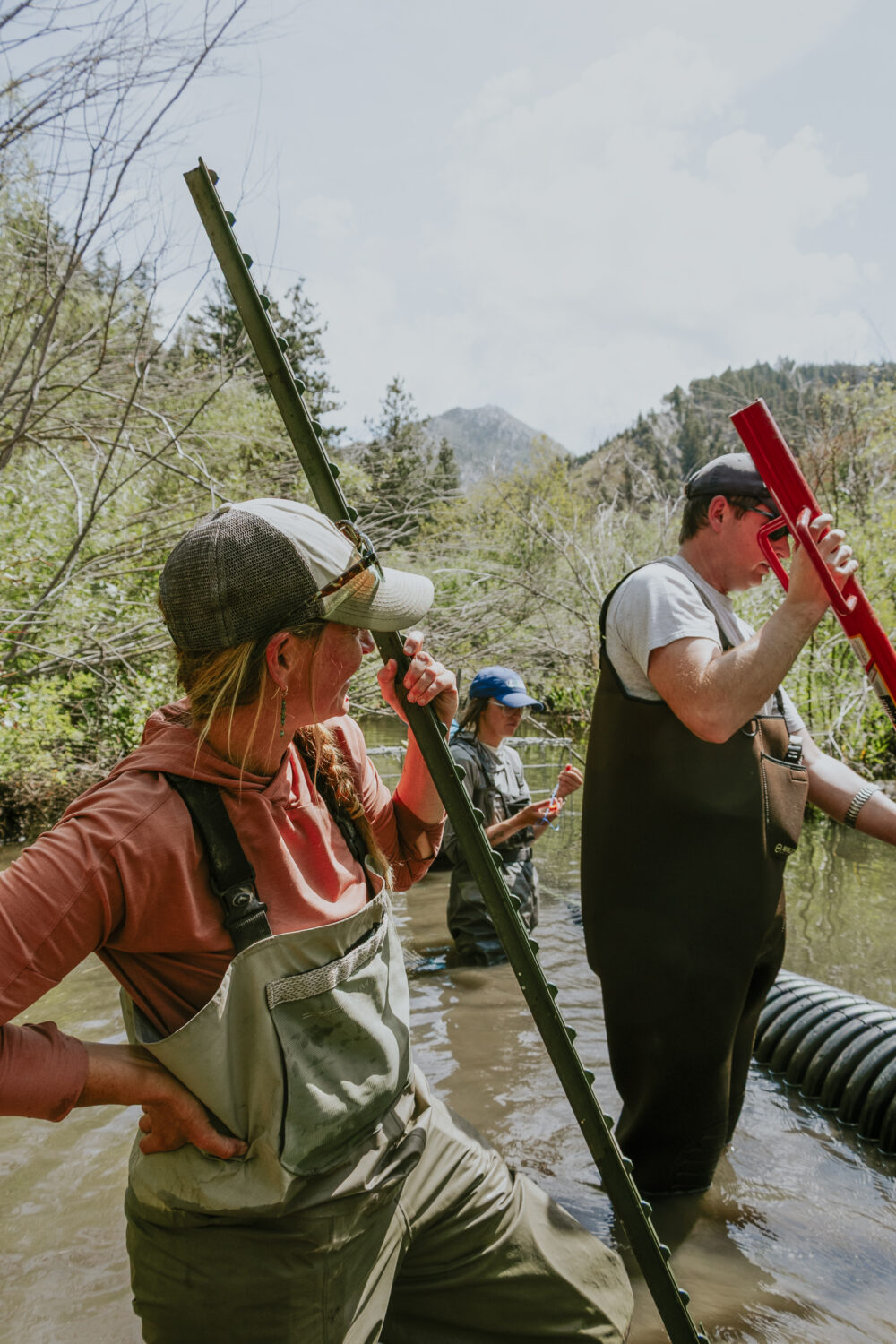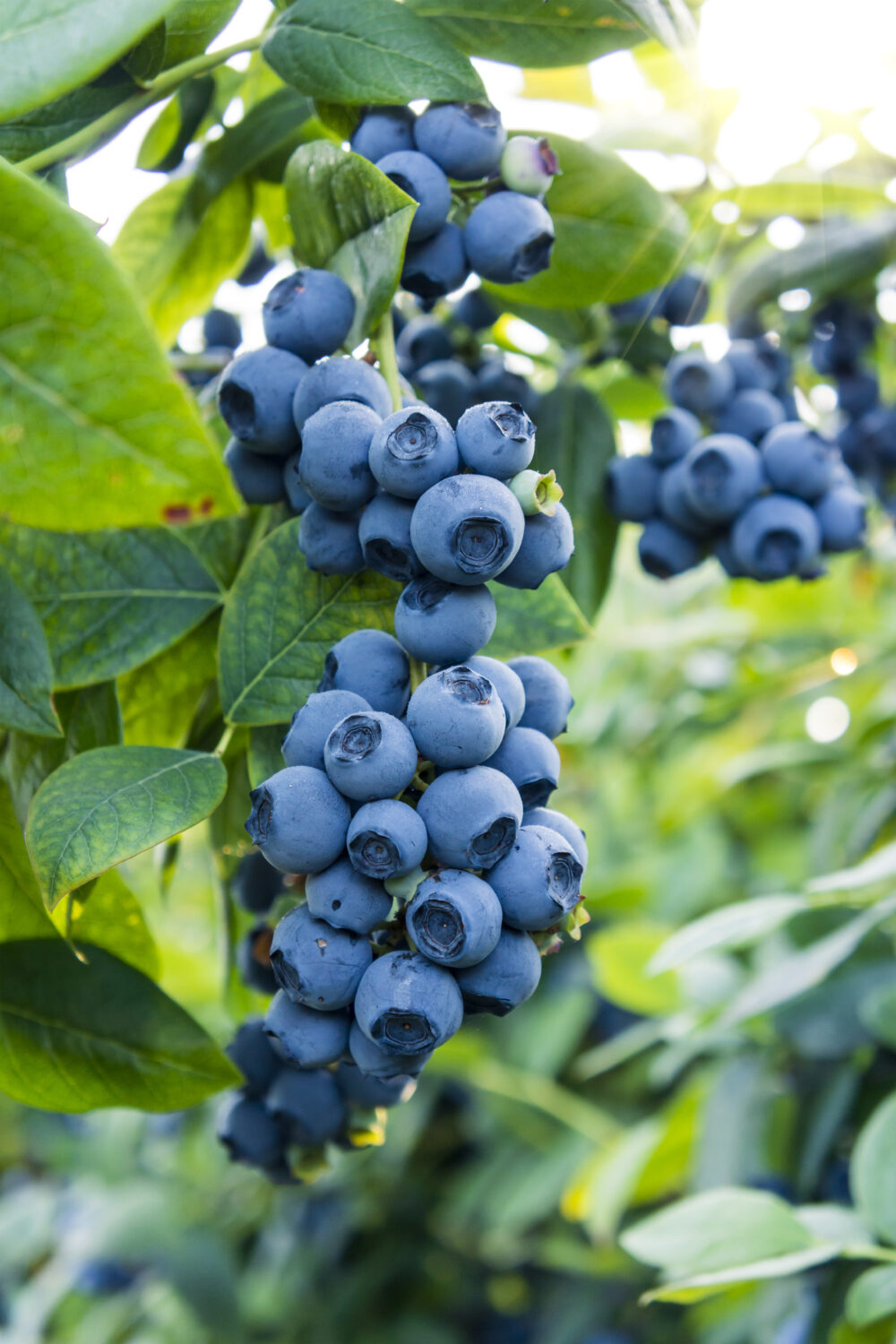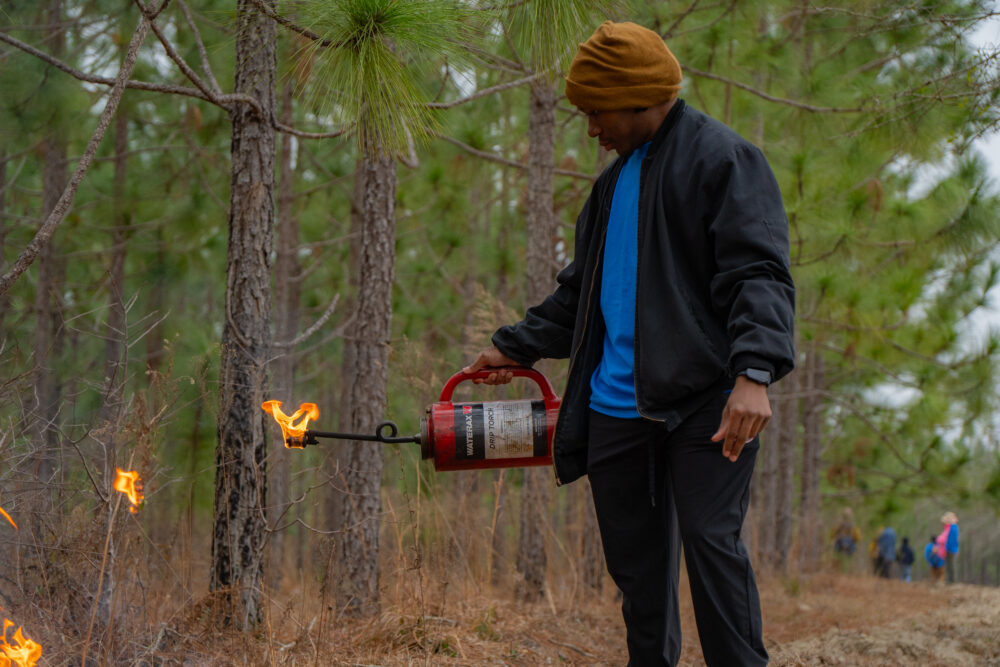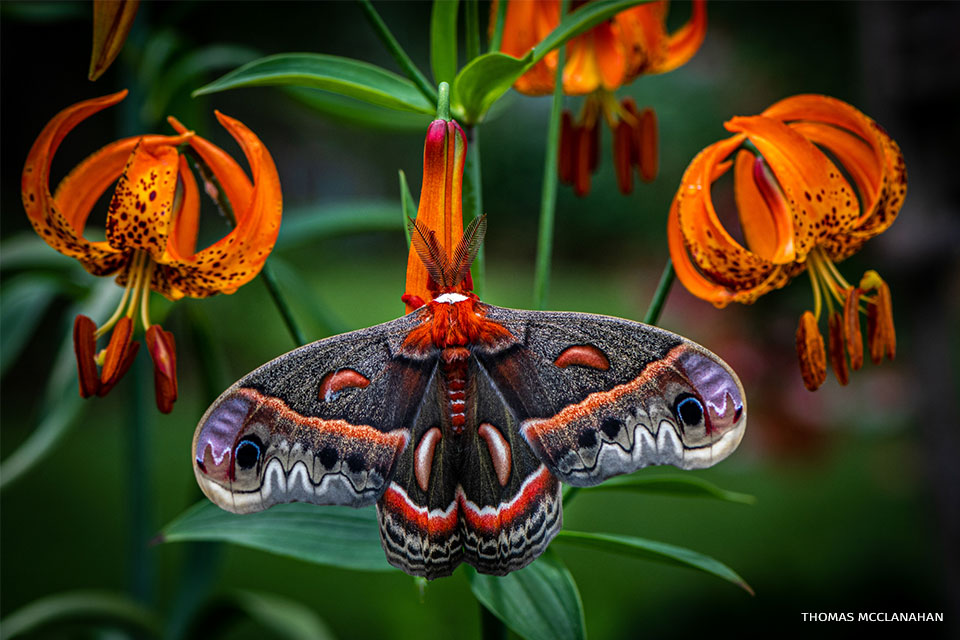We have much more to do and your continued support is needed now more than ever.
Learn the Top Native Plants for Your Backyard
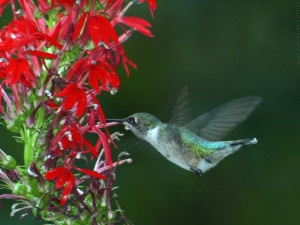
So, take a look below to find the best native plants for your area. Then, get planting!
Midwest
A wildlife favorite: Cup plant. This plant is a perennial that has numerous large, yellow flowers. The small cup formed by the leaves holds water and attracts birds.
More plants: New England aster, wild columbine, black oak, cranberry viburnum
Northeast
A wildlife favorite: Cardinal flower. Because of its long tubular flowers, cardinal flowers attract hummingbirds, which feed on the nectar.
More plants: Eastern red cedar, blue vervein, red chokeberry, winterberry
Pacific Northwest
A wildlife favorite: Salmonberry. This shrub hosts bright pink flowers and yellow or salmon-red fruits resembling blackberries in all but color. Birds and small mammals love to feast on the sweet berries.
More plants: Douglas fir, western serviceberry, red columbine, beach strawberry
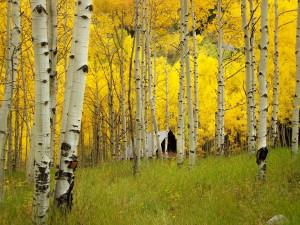
Rocky Mountains
A wildlife favorite: Quaking Aspen. This tree can be planted as an ornamental. Beavers, rabbits, and other mammals eat the bark, foliage and buds, and grouse and quail feed on the winter buds.
More plants: Rocky Mountain juniper, dotted blazing star, golden currant, scarlet gilia
Southeast
A wildlife favorite: Climbing aster. With its unusual rambling habit and abundance of blooms, this shrub is a good choice for gardens. It is a caterpillar food plant for the American Painted Lady butterfly and provides nectar for many species of adult butterflies.
More plants: Willow oak, American elderberry, trumpet honeysuckle, narrow leaf sunflower
Southwest
A wildlife favorite: Skunkbush sumac. One of the more widespread sumacs in the West, this shrub provides fruit that is an important source of winter food for many songbirds, as well as gamebirds and a number of small mammals.
More plants: Desert willow, teddybear cholla, desert marigold, Rocky Mountain juniper
Native plants can help provide the food, water, shelter and places to raise young that wildlife need to survive. When you provide these four essential elements, you’ll also be eligible to certify your yard as an official Certified Wildlife Habitat® site. You’ll join a community of like-minded gardeners and receive great benefits. Certify today!
Note: For the top native plants in Alaska, please visit this page. We have not provided a native plant list for Hawaii because the plant diversity changes from island to island.



